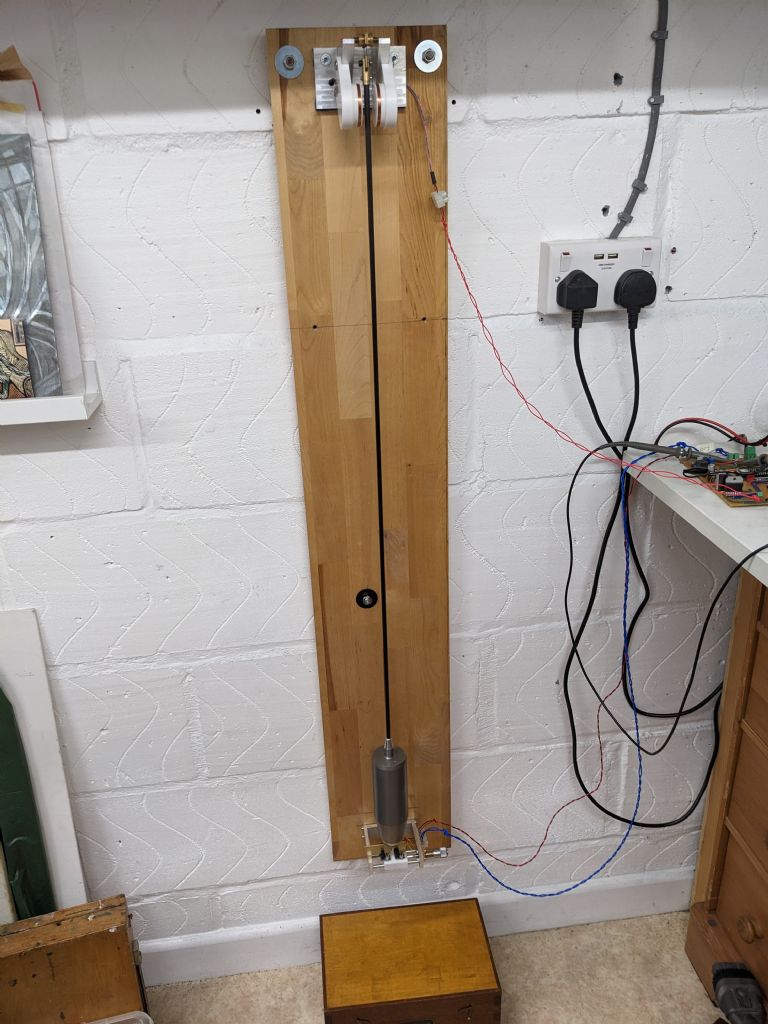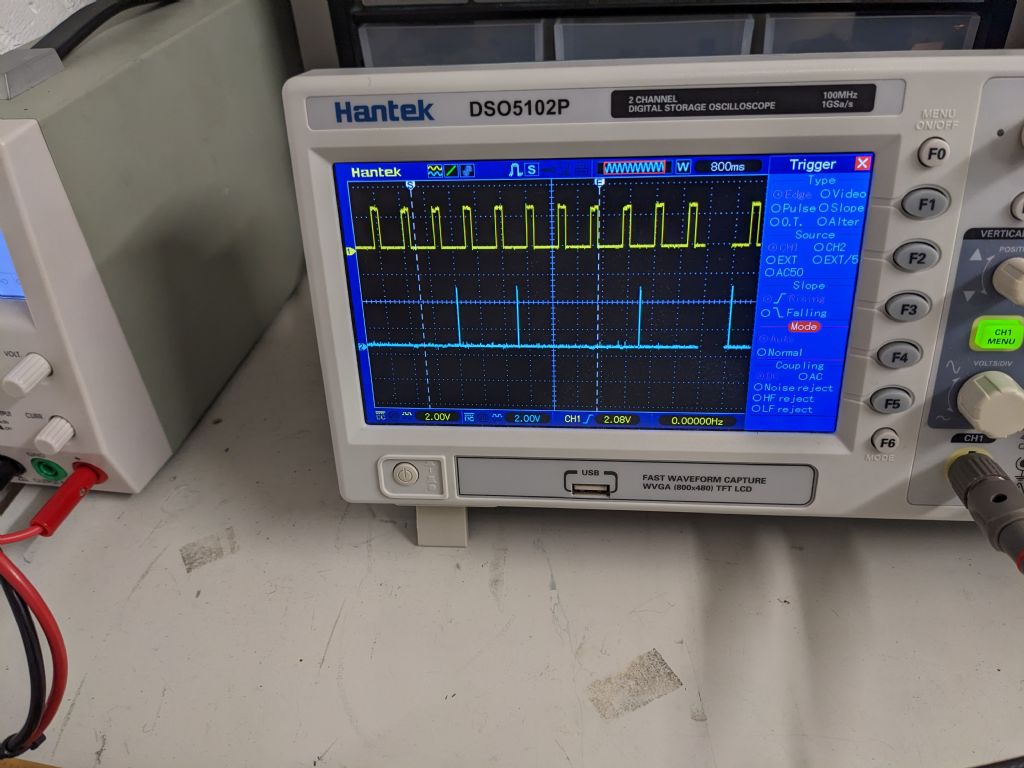Posted by S K on 26/01/2023 00:24:58:
Posted by SillyOldDuffer on 25/01/2023 19:10:02:
Ah but do you know which Invar you're getting? Several Invars available, and, depending on the alloy, coefficient of expansion varies from about 0.55ppm/�°C to 12ppm/�°C.
…
I bought mine (Invar 36) from McMaster Carr in the U.S., where it's currently about $45 U.S. for 1/4 inch by 3 feet or $92 for 3/8 by 3 feet, etc. Unfortunately, they don't stock longer than 36", so a second's pendulum was out.
It's a little gummy, and the threads I cut turned out a bit tragic.
…
Buying it from a known source is going the extra mile. Expensive, but reliably predictable. Contrasts with quite a lot of hobby work, which is done with whatever materials come to hand – scrap, ebay, etc. In this way of working, metals tend to be classified very broadly as 'Cast Iron', 'Brass', 'Steel', 'Bronze', or 'Aluminium' etc without worrying that these are alloy families each with a wide range of properties. Sometimes it matters – you can't harden mild-steel, and pure Aluminium is so soft and sticky that it's difficult to machine.
Preaching to the converted I'm sure, but every so often construction articles appear in the mags calling for specialist materials almost designed to frustrate enthusiasts. I exaggerate, but maybe the project calls for a 5lb block of depleted Uranium and a 3" x 12" x 9' Mahogany plank! Then rubbing salt in the wound, material sources are covered unhelpfully in the text: 'a friend of my father's worked at Aldermaston in 1952', and 'I found the Mahogany in a lay-by off the B1147 in 1977'
Thanks for sharing the info that Invar36 is gummy. I'll remember that if I go that way myself. It's not unlikely, because I've often thought how useful it would be to compare my highly experimental pendulum with a well-made best-practice pendulum like John's. For example, how noisy is my super-cheap beam-break circuit compared with John's pro-user Sharp device, and how much does it matter for what I'm doing?
Dave
John Haine.


 used a single sensor which is quite offset from the centre so tghe processor can work out which side the pendulum is – the actual impulse position is completely determined by the mechanics so a central sensor position isn't needed. And I used blocking "delay" statements liberally in my code in a way which meant that I never actually had to work out where the pendulum was.
used a single sensor which is quite offset from the centre so tghe processor can work out which side the pendulum is – the actual impulse position is completely determined by the mechanics so a central sensor position isn't needed. And I used blocking "delay" statements liberally in my code in a way which meant that I never actually had to work out where the pendulum was.



